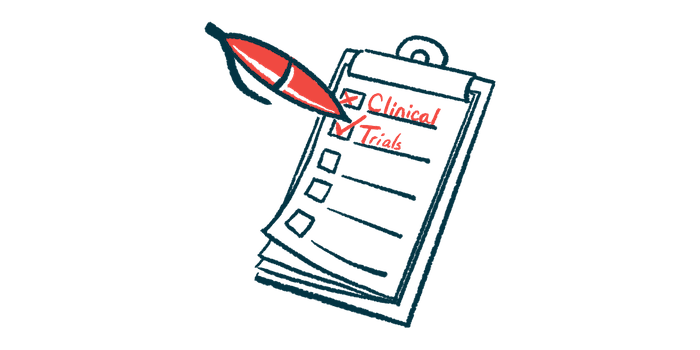Phase 3 trial of navenibart for HAE planned for launch in early 2025
Astria to test different dosing schedules for preventive therapy
Written by |

Astria Therapeutics is planning the launch of a Phase 3 clinical trial in early 2025 to test different dosing schedules of navenibart, its preventive therapy for hereditary angioedema (HAE).
The goal, according to Astria, is to provide flexibility for patients, with different dosing options, should the treatment candidate ultimately be approved.
“We are engaged with regulators on finalizing our Phase 3 design and have manufactured clinical supplies for the Phase 3, which we expect to initiate in [the first quarter of] 2025,” Jill C. Milne, PhD, Astria’s CEO, said in a company press release.
Pending feedback from regulatory agencies around the globe, Astria expects that results from the upcoming Phase 3 trial will be available by the end of 2026.
Navenibart, formerly known as STAR-0215, is designed to be administered by under-the-skin or subcutaneous injection. Astria said it plans to test dosing both every three and every six months.
Phase 3 trial to follow earlier Phase 1b/2 trial with positive results
In HAE, swelling attacks occur due to excessive production of a signaling molecule called bradykinin. Navenibart is designed to reduce bradykinin production by blocking the activity of kallikrein, the enzyme that produces this signaling molecule. By lowering bradykinin levels, the therapy ultimately aims to reduce the risk of swelling attacks.
“We are excited about the opportunity for navenibart to be the market-leading therapy for HAE,” Milne said. “We expect that navenibart’s profile, including infrequent dosing, low risk of pain, and trusted mechanism and modality, will give both patients and physicians confidence when choosing a medicine for HAE.”
Navenibart is now being tested in a Phase 1b/2 clinical trial called ALPHA-STAR (NCT05695248). Interim data from that trial were announced earlier this year, and showed that the experimental treatment reduced rates of swelling attacks by upward of 90% when given once or twice over the course of six months. Further, no serious safety issues were reported.
We are excited about the opportunity for navenibart to be the market-leading therapy for HAE. … We expect that navenibart’s profile, including infrequent dosing, low risk of pain, and trusted mechanism and modality, will give both patients and physicians confidence when choosing a medicine for HAE.
All participants who completed ALPHA-STAR have chosen to continue into an extension study called ALPHA-SOLAR (NCT06007677), Astria noted. In it, participants are given navenibart at a dose of 300 mg every three months or 600 mg every six months.
Astria said it is planning to report final data from the ALPHA-STAR study by the end of 2024, and initial data from the ALPHA-SOLAR extension study are expected in mid-2025.
Navenibart was granted orphan drug status by the U.S. Food and Drug Administration (FDA) last month, in addition to an orphan medicinal product designation by regulatory authorities in Europe. These designations both aim to provide economic incentives to companies developing treatments for rare diseases, notably including a guarantee of several years of market exclusivity if the therapy earns approval.






